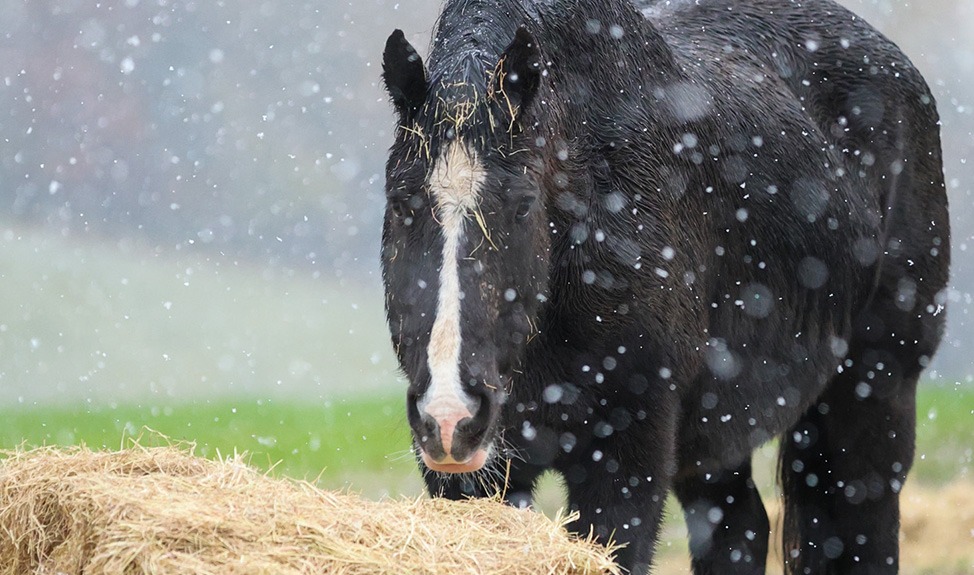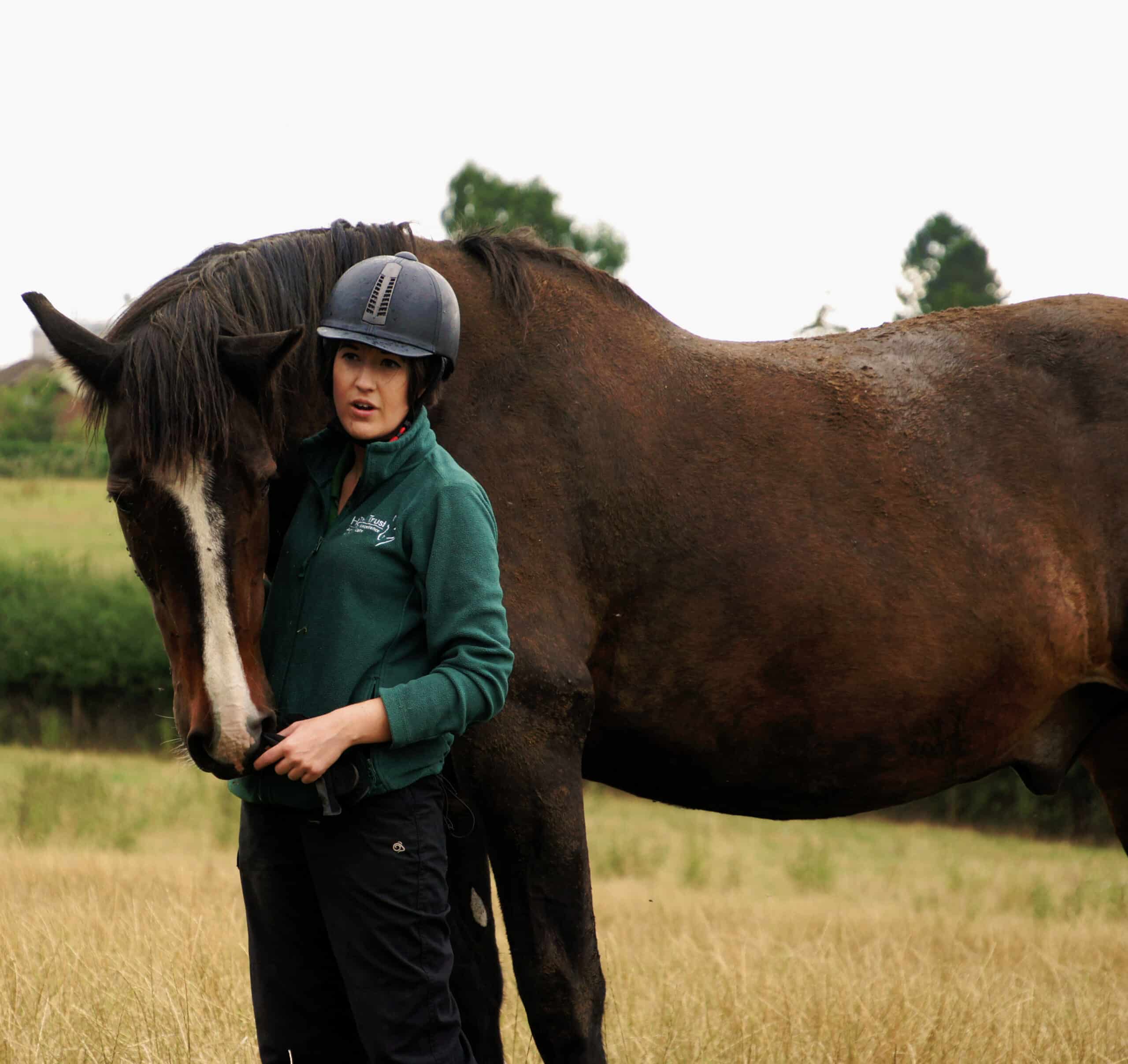Your cart is currently empty!
A research project funded The Horse Trust has confirmed that stabling horses results in increased exposure to environmental ammonia and that this is associated with respiratory problems.
The presence of ammonia in stables, which is caused by the decomposition of a horse’s urine and faeces, has long been a concern of horse owners and yard managers. But there has been little scientific research to back up the link between respiratory problems and ammonia.
However research that was given funding by The Horse Trust has found that stabling, regardless of bedding or forage types, results in increased levels of environmental ammonia and respiratory inflammation. The forage/bedding conditions tested were hay/straw, hay/wood shavings, haylage/wood shavings, and haylage/rubber matting.
The research, which was led by Professor Sandy Love at the University of Glasgow, studied eight yearling Welsh Mountain ponies, who were serially alternatively housed then grazed for periods of three weeks. Three times each week, a variety of substances were monitored, including dust, endotoxin and ammonia within the environment, and the level of various gases and pH of the horse’s exhaled breath. The forage and bedding within the stables were varied to test whether this had any impact on the pony or the stable environment.
Professor Love found that the stabling of horses resulted in increased exposure to environmental ammonia and that this was associated with an increase in the pH of the horse’s exhaled breath. Under the study conditions, no significant differences were found in ammonia levels under the different grazing and stabling conditions. Hewas also able to confirm earlier research, that stabled horses are exposed to dust and endotoxins.
Related Posts
MAKE A WORLD OF DIFFERENCE

We receive no government funding, so your support is vital in providing specialist care for our residents and advancing research and training to benefit horses everywhere.
Donate today to help us continue this essential work.

 Donate
Donate
















